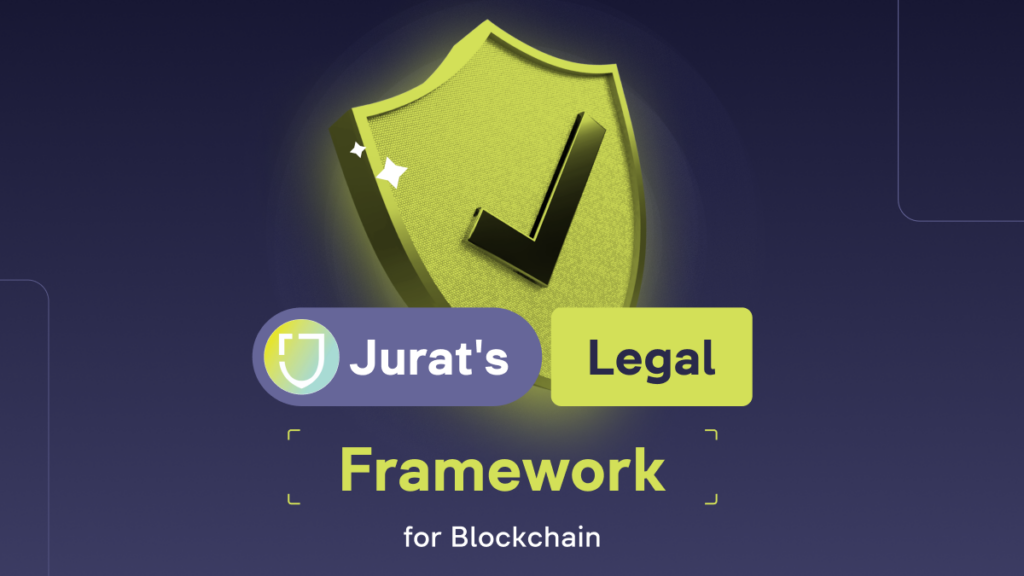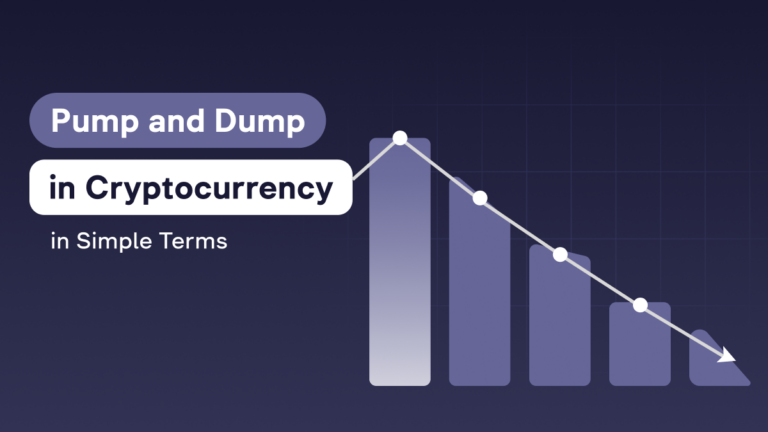Jurat’s Legal Framework for Blockchain

Content
At its core, blockchain technology is a game-changer for digital transactions, offering unmatched security and independence. Users can manage their assets directly, with the peace of mind of knowing their transactions are secure and unchangeable. But this strength makes it a magnet for misuse, risking severe losses in a space where law enforcement faces hurdles due to blockchain’s decentralized nature.
The Backbone of JTC: Where Law Meets Ledger
Jurat offers an innovative solution that seamlessly blends blockchain’s freedom with the necessary structure of legal recourse. It cleverly integrates judicial orders into the blockchain structure, ensuring that legal rights are enforceable while the technology’s pillars—decentralization, anonymity, and permanence—stand firm. This dual commitment protects users and opens the door to broader acceptance and trust in digital assets by addressing legal concerns head-on.
JTC Network in 4 Steps and Jurat’s Vision for Legal Recourse on the Blockchain
Here’s how the JTC Network makes it easier to apply court decisions directly on the blockchain:
1. Get a unique digital certificate
This process begins with a simple user request through a user-friendly interface to obtain a unique, computer-readable digitalcertificate(Jurat ID) specifying the blockchain adjustment needed, such as transferring coins or triggering smart contracts. This foundational step ensures that each action intended on the blockchain is explicitly defined and securely encoded, ready for judicial review and execution.
2. Protect your legal rights in court
The dispute is then taken to court in the traditional style. What sets Jurat apart is the introduction of the Jurat ID in a legal proceeding. Should the judge conclude that the requested state change is justified and lawful, they incorporate the unique digital certificate into their written ruling. This act bridges the gap between judicial decisions and blockchain technology, embedding the legal outcome directly within the digital ledger’s framework.
3. Automatic court docket connect
This step syncs the court’s decisions with the blockchain through the transaction consensus process. This ensures that the legal verdicts directly impact the blockchain, maintaining transparency and integrity. By detecting the Jurat ID within the legal documentation, these nodes understand the specific action the judge has authorized.
4. Court orders are automatically executed on the blockchain
The last step involves automatically applying the court’s decision to the blockchain, bypassing intermediaries, and embodying efficiency and fidelity to judicial orders. The Jurat system thus heralds a new era in the confluence of law and technology, where legal decisions are directly implemented on the blockchain, enhancing efficiency and security while conforming the blockchain to legal requirements.
Unique Features of JTC Network
Jurat innovates by embedding court decisions into the blockchain, enhancing native consensus, and sidestepping the need for private keys. Its stringent yet streamlined multi-factor authentication process ensures swift, accurate validation of judicial decisions. This mechanism elevates security and establishes a more trustworthy digital environment by directly addressing fraud and theft.
Checking a Jurat transaction is a step-by-step process. First, the blockchain checks if there’s a matching court decision. Then, Jurat uses a special code to ensure the transaction matches what’s in the court’s records. Next, the nodes confirm if the transaction is valid. This way, transactions are carefully checked to see if they’re valid, invalid, or don’t exist, ensuring everything is accurate and secure.
There are two ways to check transactions: one by miners and another by witnesses, and they can work together or separately. This flexibility helps check transactions before and after being added to the blockchain, making it better at handling legal issues and enforcing court decisions. This makes the blockchain more trustworthy and secure for everyone.
Building a safer Blockchain world
Jurat addresses the increasing concerns of hacks, frauds, and other on-chain losses plaguing the blockchain ecosystem. By providing a mechanism for applying on-chain legal remedies, Jurat targets a significant problem area where losses due to fraud, smart contract exploits, mistaken transactions, and even off-chain crimes such as ransomware extortion paid in cryptocurrency have collectively exceeded tens of billions of dollars. This approach seeks to mitigate the financial damages caused by these incidents, including the staggering loss of 20% of all bitcoins due to errors. It introduces a proactive deterrent against potential criminal activities. Jurat enhances network safety by enabling the return of stolen assets through judicial transactions integrated within the blockchain’s existing operational framework. It reduces the viability of common attack vectors used by criminals.
Unlike arbitration, which offers limited and opt-in-based dispute resolution, Jurat leverages the authority and procedural safeguards of official court systems to enforce legal rights on-chain. This ensures that remedies are available for various disputes, including those arising from involuntary transactions like phishing or ransomware, without requiring prior agreement between parties.
Furthermore, by adhering to the blockchain’s principle of eliminating trust issues through decentralization, Jurat avoids introducing new security risks associated with arbitrators and intermediaries who might otherwise have control over users’ keys. Jurat strengthens the security and trustworthiness of blockchain transactions through this innovative approach. It aligns with the technology’s foundational principles, offering a robust solution to the lawlessness that has hindered the sector’s broader adoption.








